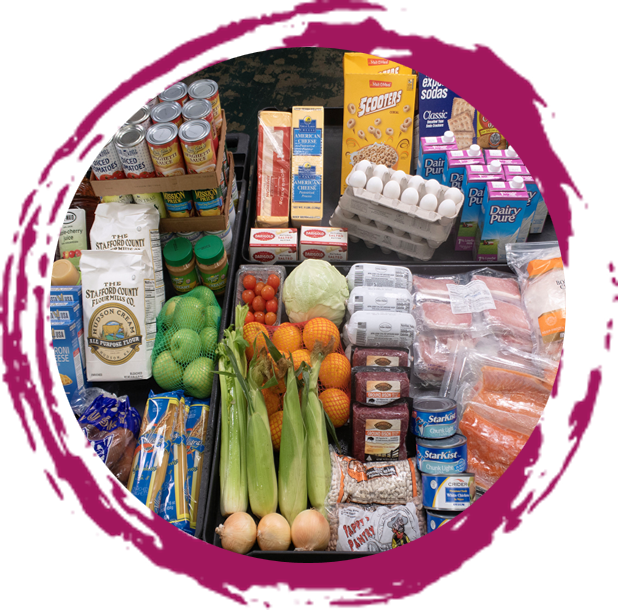The Food Distribution Program on Indian Reservations (FDPIR) provides USDA Foods to income-eligible households living on Indian reservations, and to American Indian households residing in approved areas near reservations and in Oklahoma. Many households participate in FDPIR as an alternative to the Supplemental Nutrition Assistance Program (SNAP).
FNS, an agency of the U.S. Department of Agriculture (USDA), oversees FDPIR at the federal level. The program is administered by FDPIR administering agencies, which are either Indian Tribal Organizations (ITOs) or state governmental agencies. As of fiscal year (FY) 2024, 110 agencies administer FDPIR, including 107 ITOs and 3 state agencies.
USDA purchases and ships USDA Foods to administering agencies, which then store and distribute the foods, determine applicant eligibility, and provide nutrition education to recipients. USDA also provides administering agencies with funds for program administrative costs.
FDPIR is authorized under Section 4(b) of the Food and Nutrition Act of 2008 and Section 4(a) of the Agriculture and Consumer Protection Act of 1973. Federal regulations governing the program can be found at 7 CFR Parts 250, 253, and 254.
Eligibility

Income-eligible American Indian and non-Indian households that reside on a reservation are eligible for FDPIR. Income-eligible households living in approved areas near a reservation, or in Oklahoma, that contain at least one person who is a member of a federally recognized Tribe, are also eligible.
FDPIR income standards are set by the federal government and are annually updated and published in Exhibit M of the FNS Handbook 501 for FDPIR.
Households cannot participate in both FDPIR and SNAP within the same month.
Program Operation
Each month, participating households receive a nutritionally balanced food package. Participants may select from over 90 products including:

- Fruits, vegetables, and legumes in fresh, frozen, juiced, canned, or dried varieties.
- Protein foods, including beef, chicken, fish, pork, eggs, and bison products, as well as dried or canned beans and soups, peanuts, and peanut butter.
- Grains, including pastas, cereals, rice, cornmeal, and flour.
- Dairy, including cheese and milk.
- Cooking essentials, including vegetable oil, extra virgin olive oil, and butter.
- Seasonal foods, including pumpkin, cranberry sauce, and sweet potatoes.
For a complete list of available foods, see the USDA Foods Available List for FDPIR.
Administering agencies are responsible for providing nutrition education to participants. Federal administrative funding is available for these activities, which can include individual nutrition counseling, cooking demonstrations, nutrition classes, and the dissemination of information on how USDA Foods may be used to support a nutritious diet.
USDA also provides information about nutrition and suggestions for making the most nutritious use of USDA Foods, including:
- USDA Foods product information sheets - provide storage, preparation tips, nutrition information, and recipes.
- FDPIR Sharing Gallery - a compilation of nutrition education materials, recipes, photos, news, and other resources for ITOs participating in FDPIR.
USDA Foods Nutrition Education Resource Library - contains free, program-specific nutrition education resources such as posters, magnets, recipes, and factsheets.
Funding

In FY 2024, $170 million was appropriated for FDPIR – approximately $68.6 million for the federal share of administrative costs, and the remainder for food purchases.
Participation
Average FDPIR monthly participation for FY 2023 was 49,339 individuals. For more information visit the interactive FNS Program Participation Dashboard.
Program Contacts
Please contact your nearest ITO or state agency for more information. You may also email us at USDAFoods@usda.gov.

